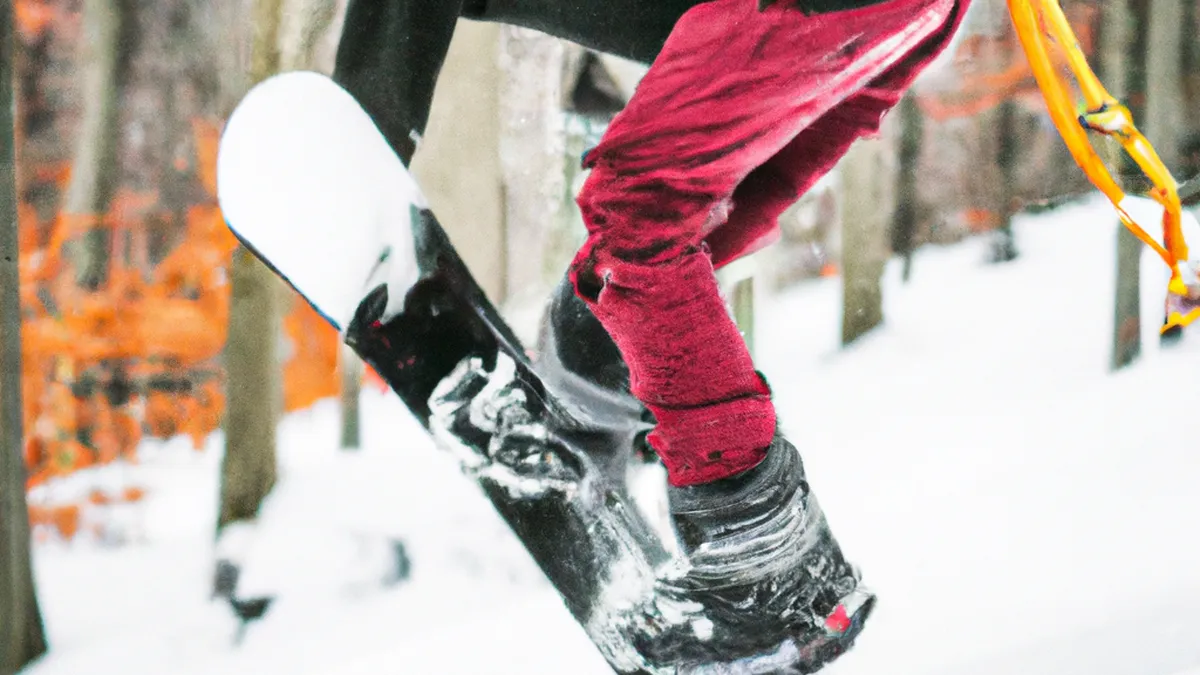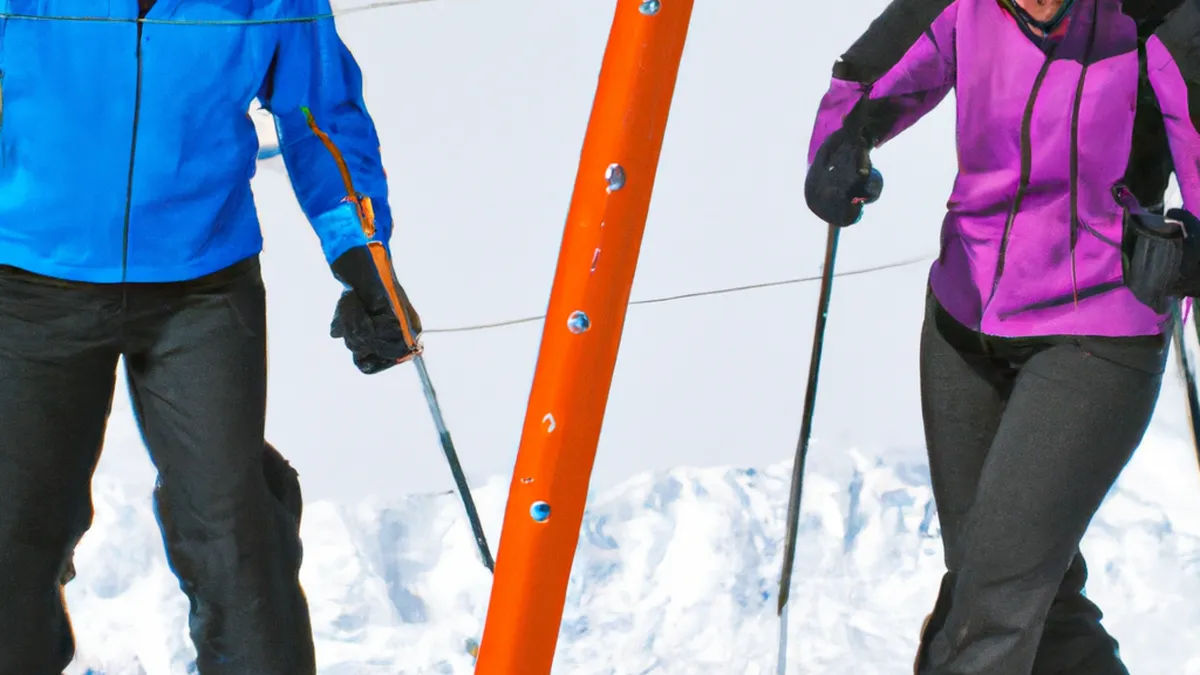Win the Chill: Layering Tips for Outdoor Fitness
Layering Techniques for Winter ConditionsWinter offers beautiful landscapes but poses challenges for staying warm. Effective layering helps manage body temperature and comfort. This blog post explores layering techniques, material choices, and their importance for outdoor activities in winter.
Understanding the Basics of Layering
Layering means wearing multiple clothing pieces to trap warmth and manage moisture. Each layer serves a specific purpose and adapts to changing conditions. You can easily add or remove layers as temperatures fluctuate. A typical layering system includes three layers: base, insulating, and outer.
The Base Layer
The base layer sits closest to your skin and defends against cold. It wicks moisture away to keep you dry. Choose materials like merino wool or synthetic fibers for their moisture-wicking properties. Avoid cotton since it absorbs moisture, leaving you cold.Consider the fit when selecting a base layer. A snug fit wicks moisture effectively, but ensure it allows comfort and mobility. Look for options with added stretch for activities like skiing or snowshoeing.
The Insulating Layer
The insulating layer traps heat and provides warmth. Common materials include fleece, down, and synthetic insulation. Fleece offers a lightweight, breathable option with excellent warmth-to-weight ratio. Down provides superior insulation but loses effectiveness when wet.Choose an insulating layer based on weather conditions. For extreme cold, opt for thicker options or jackets with higher insulation values. In milder temperatures, a lightweight fleece or thin down jacket may suffice. Layering allows you to adjust insulation as needed.
The Outer Layer
The outer layer protects against wind, rain, and snow. Look for jackets or shells made from waterproof or water-resistant materials. A good outer shell keeps you warm and dry while allowing moisture and heat to escape.
Conclusion
As an Amazon Associate I earn from qualifying purchases.
Gear tip: consider foam yoga wedge, stretching strap, and snowboard gloves to support this topic.
Layering effectively enhances comfort and warmth in winter conditions, making outdoor activities enjoyable. Proper material selection and layering techniques are essential for success.
Below are related products based on this post:
FAQ
What is the purpose of layering in winter clothing?
Layering is designed to trap warmth and manage moisture while adapting to changing conditions. Each layer serves a specific function, allowing you to add or remove pieces as temperatures fluctuate.
What materials are recommended for the base layer?
The base layer should be made from materials that wick moisture away, such as merino wool or synthetic fibers. It is important to avoid cotton, as it absorbs moisture and can leave you feeling cold.
How do I choose an insulating layer for winter activities?
When selecting an insulating layer, consider the weather conditions and your activity level. Options like fleece, down, and synthetic insulation vary in warmth, so choose based on the temperature and your need for mobility.















Post Comment